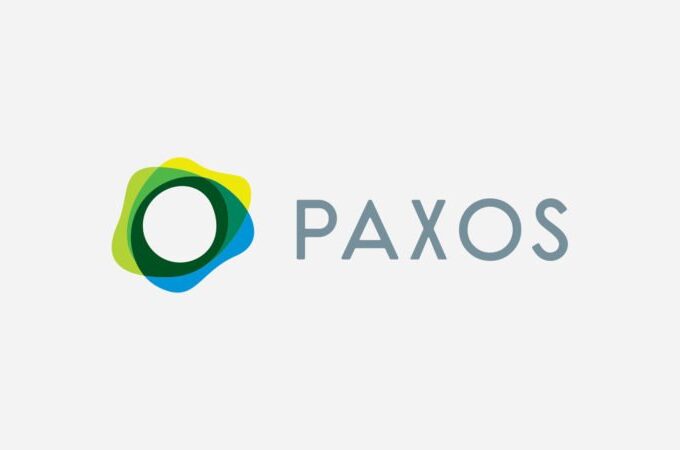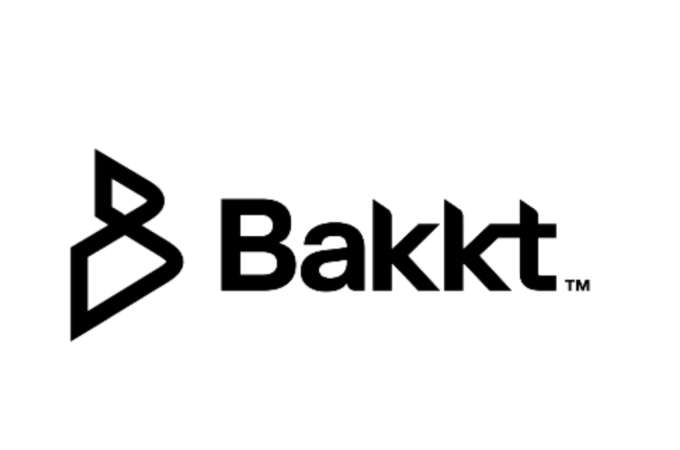
Is Regulation Coming to Online and Marketplace Lending?
By Mark Prosser for Forbes
The rapid growth of alternative and marketplace lenders is often attributed to the fact that they don’t face the same strict regulations as banks. But could that change soon? In the last nine months, regulatory tremors have rippled through the online lending space.
Last July, the US Treasury Department issued a Request for Information about online lending. In March of this year, the Consumer Financial Protection Bureau (CFPB) began accepting consumer complaints against marketplace lenders. More recently, the US Supreme Court asked the Obama administration for comments in a court case that could change the interest rates marketplace lenders are allowed to charge.
Where is all this headed, when can we expect regulation to occur, and what might those regulations be? I spoke to key players in the space to find out.
Regulation Unlikely in the Next Year
After speaking to key players in the online lending space, it’s pretty clear that the industry will escape regulation for at least another year. Cities and states might attempt regulation, but federal efforts will probably take longer.
Why? Because there’s a lot to learn. Online lending is similar to the driverless car industry, where lawmakers first have to understand the full potential of the technology before they can write laws to regulate it. Although there are not as many moving parts in online lending as there are in autonomous cars, there are complex issues at play that regulators have to make sense of, such as computerized underwriting algorithms.
So far, regulatory entities have focused on gathering information. In a statement accompanying its Request For Information (RFI) last July, the Treasury Department said it “seeks responses that will allow policymakers to study the various business models and products offered by online marketplace lenders, the potential for online marketplace lending to expand access to credit to historically underserved borrowers, and how the financial regulatory framework should evolve to support the safe growth of this industry.” Over 100 companies responded to the RFI, some in favor of regulation and others against it.
Dodd-Frank gave the Treasury Department authority to regulate nonbank financial companies if they pose systemic risk. However, shortly after the comments period closed, a Treasury Department spokesperson said, “Just because we put an RFI out doesn’t mean we’ll end up with a rule.” The next logical step is for the Department to review the comments it received, summarize its opinions on the various issues, and provide the summary as a guide to members of Congress.
The CFPB is also in the very early stages of considering regulation against online lenders. Right after the agency was formed in 2011, it began accepting consumer complaints on a range of financial products, including mortgages, student loans, and consumer loans. Last month, the agency simply clarified that consumers and small business owners could also complain about bad practices from marketplace lenders.
Those complaints could shape future regulation, but it doesn’t seem to be a top priority for CFPB. Moira Vahey, a spokesperson for the agency, told me, “I don’t think we have any comment to offer on [what future regulation might look like]. I’d point you to our latest regulatory agenda noting . . . that we do not identify marketplace lending on the agenda.”
What We Will See More of in the Next Year: Self-Regulation
While it may be a few years before lawmakers regulate online and marketplace lenders, what we likely will see more of in the immediate future is self-regulation.
Caitlin McShane, Director of Marketing and Communications at nonprofit lender Opportunity Fund, points to the Small Business Borrower’s Bill of Rights as an example of self-regulation. This is a coalition of lenders, brokers, and marketplaces which have agreed to abide by certain responsible practices to protect small business borrowers. McShane says that coalition members have regular meetings to figure out how to promote responsible lending. They also meet with lawmakers in Washington and educate small businesses about the pros and perils of online lending through workshops and webinars.
Lending Club, Funding Circle, and Prosper just formed a nonprofit trade association called the Marketplace Lending Association (MLA). The MLA plans to work with policymakers to ensure sound regulations and policies as the industry grows. However, the three companies also put forward their own Marketplace Lending Operating Standards, in which they commit to responsible lending practices, transparency for investors, and risk management policies. For example, they say that lenders should disclose the Annual Percentage Rate (APR) on all loans to prospective borrowers, and they should ensure that a borrower can repay a debt before extending credit.
What’s on the Horizon?
If and when regulation does occur, there could be far reaching changes. Here are some of the areas that are open to regulation:
Interest Rates
The main area where online lenders have received criticism is high APRs. Many online lenders are able to charge high rates by partnering with banks that are based in states with no usury laws (e.g. Utah). Even in states where there are caps on interest rates, these usually exclude business loans, allowing alternative business lenders like OnDeck and Kabbage to operate without limits on APR.
It’s not uncommon for alternative lenders to charge Annual Percentage Rates (APR) of 40-60%. By comparison, bank loan and SBA loan rates are around 5-8%. This doesn’t mean that alternative lenders are ten times costlier than bank loans. Daniel Gorfine, VP of External Affairs for OnDeck, says that APR does not present the actual interest cost of these loans. If a small business owner only needs funds for 6 months to buy inventory, paying a 40% APR may be preferable in terms of total loan cost to having to borrow funds for 10 years at 5% APR.
A Lendio survey found that borrowers also care most about the out-of-pocket cost of a loan, not the APR. 66% of business owners said they prefer to know the total dollar cost of a loan, and only 17% said they prefer to know the APR. But if APR isn’t the right measure of cost, what is? Traditional and alternative lenders, says Gorfine, should have at least one thing in common: presenting customers with common verbiage and a comprehensive set of disclosures to be sure a customer can fully understand and compare their credit options.
Underwriting Practices
Alternative lenders stand out from traditional lenders in terms of speed. They can almost instantly evaluate borrowers using sophisticated algorithms that consider everything from social media data to business revenues to geographic location to time spent completing a loan application.
This certainly speeds up the loan application process and expands access to capital to borrowers who aren’t bankable. At the same time, the fact that lenders can access so much data about the borrower raises privacy and discrimination concerns. This is another area where regulators will have to find a good balance.
Other Potential Areas for Regulation
While interest rates and underwriting models are the two main issues, there are smaller issues that regulators could chew over. For example, how should online lenders ensure fair collection practices when they often debit borrower bank accounts on a daily basis? Should alternative lenders be required to report to credit bureaus to help borrowers build up credit history and “graduate” to lower rate products?
In England, P2P platforms have been regulated since April 2014. Among the regulations there, borrowers are given a 14-day cooling off window during which they can cancel a loan agreement without penalty, and lenders have to keep a certain amount of reserve capital on their books. If British lenders fare well under these regulations, the US might follow suit.
While there are a lot of unknowns, one thing is clear. This is an exciting time for the lending industry, and it’s not slowing down. When regulators respond, they will have to acknowledge the full range of innovations and balance access to capital against protecting borrowers.
First appeared in Forbes





